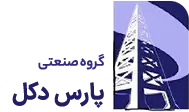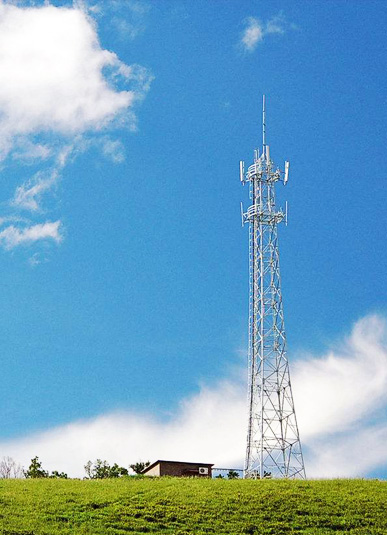
? What type of cell phone communication tower ? How to Building Tower
? What type of cell phone communication tower ? How to Building Tower FIVE MAIN TYPES OF TOWERS Cell phone communication towers are an essential part of providing Cell phone communication service. A collection of Cell phone communication towers creates…






